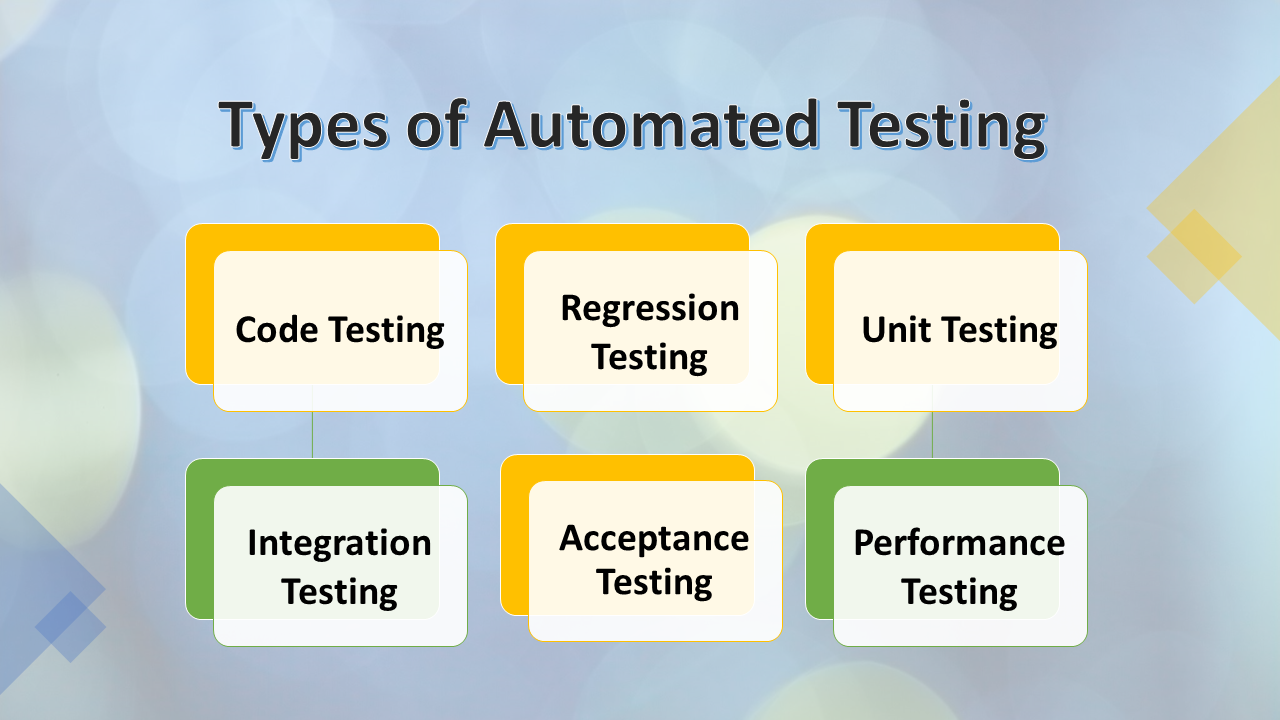Checking out the Future of Automation Testing in Software Program Advancement
Checking out the Future of Automation Testing in Software Program Advancement
Blog Article
From Handbook to Automated Screening: A Comprehensive Overview to Transitioning Efficiently and Successfully
In the realm of software testing, the change from handbook to automated processes has ended up being an increasingly crucial change for organizations looking for to boost efficiency and precision in their testing practices. The journey from handbook to automated testing is not without its challenges, however when come close to purposefully and with a clear strategy in mind, the advantages can be significant.
Advantages of Automated Examining
Automated screening provides countless advantages, improving performance and accuracy in software advancement processes. One primary advantage is the considerable reduction in testing time. Automated examinations can be run all at once on several tools and operating systems, considerably quickening the screening phase contrasted to hands-on screening. This boosted efficiency enables for faster responses on the high quality of the software application, making it possible for programmers to recognize and deal with problems promptly.
In addition, automated screening makes sure a higher degree of accuracy in identifying problems. Uniformity in testing is also improved, as automated tests perform the very same actions precisely each time they are run.
Selecting the Right Devices

To start with, evaluate your purposes and needs. Comprehend the scope of your project, the modern technologies entailed, and the ability collection of your group. This analysis will certainly help you identify the attributes and abilities you need in your screening tools.
Second of all, think about the compatibility of the devices with your existing processes and systems. Seamless combination with your present software program advancement lifecycle is important to ensure a smooth shift to automation.
Furthermore, review the scalability and versatility of the tools. As your screening needs advance, the tools ought to be able to adjust and suit changes properly.
Last but not least, consider the assistance and community around the devices. Durable assistance and an energetic individual area can supply important resources and support when implementing automated screening. By very carefully taking into consideration these aspects, you can choose the right tools that line up with your requirements and set the stage for an effective change to automated screening.
Creating Efficient Test Manuscripts

When crafting test manuscripts, it is important to take into consideration the specific demands of the software application being checked and make sure that the scripts deal with all critical performances. Descriptive and clear naming conventions for examination manuscripts and examination instances can enhance readability and maintainability. Additionally, including error handling mechanisms within the see page examination scripts can help in recognizing and attending to issues promptly.
Furthermore, arranging test manuscripts into modular components can boost reusability and scalability, reducing redundancy and improving efficiency in test manuscript maintenance. Routine testimonials and updates to evaluate manuscripts are vital to keep pace with progressing software program requirements and performances. By adhering to these principles, testers can produce effective and robust examination manuscripts that add significantly to the success of automated testing procedures.
Integrating Automation Into Workflows
By seamlessly integrating automated testing tools like Selenium or Appium into the software development lifecycle, teams can attain faster comments on code adjustments, leading to quicker pest discovery and resolution. This combination allows for continuous screening throughout the development process, guaranteeing that any kind of problems are recognized early on, resulting in greater software quality. Correct integration of automation tools needs partnership between advancement, testing, and operations groups to establish a unified process that maximizes efficiency and effectiveness in providing top notch software program items.
Ensuring a Smooth Transition
Effectively transitioning to automated testing entails meticulous preparation and mindful implementation to optimize and decrease disturbances performance in the software program development process - automation testing. To make certain a smooth shift, it is important to begin by performing an extensive assessment of the existing testing procedures and identifying areas where automation can bring one of the most substantial benefits. Involving with all stakeholders early while doing so, including programmers, testers, and job managers, is essential for garnering assistance and buy-in for the automation effort
Communication is key during this change phase. Clear interaction of the objectives, advantages, and assumptions of automated testing aids to take care of any kind of resistance or problems that may develop. Additionally, offering sufficient training and resources for staff member to upskill in automation devices and strategies is important for guaranteeing click a successful change.

Final Thought
Finally, transitioning from manual to automated testing uses many advantages, consisting of enhanced performance and dependability. By picking the appropriate devices, creating reliable test manuscripts, and integrating automation seamlessly into process, organizations can guarantee a successful and smooth transition. It is important to welcome automation as a useful asset in software screening procedures to boost total high quality and productivity.
In the realm of software testing, the shift from handbook to automated processes has come to be a progressively crucial shift for organizations looking for to enhance try this out performance and precision in their screening methods. Automated tests can be run simultaneously on several devices and running systems, considerably speeding up the screening stage contrasted to manual testing. Consistency in screening is likewise enhanced, as automated tests carry out the same steps precisely each time they are run.To ensure the successful implementation of selected testing tools, the production of reliable test scripts plays a crucial duty in confirming the capability and performance of automated procedures - automation testing. By adhering to these principles, testers can develop efficient and robust test scripts that contribute dramatically to the success of automated screening processes
Report this page